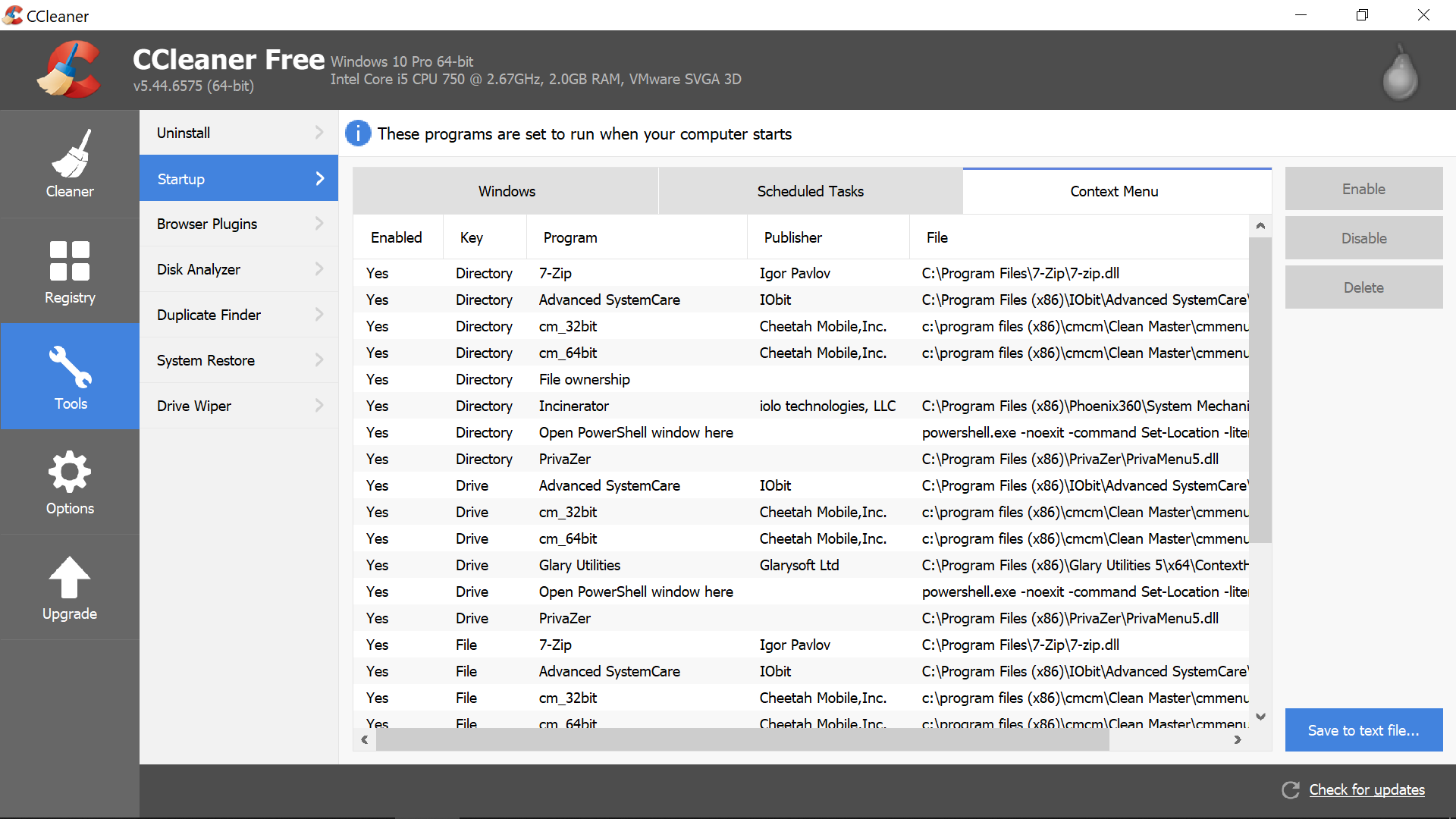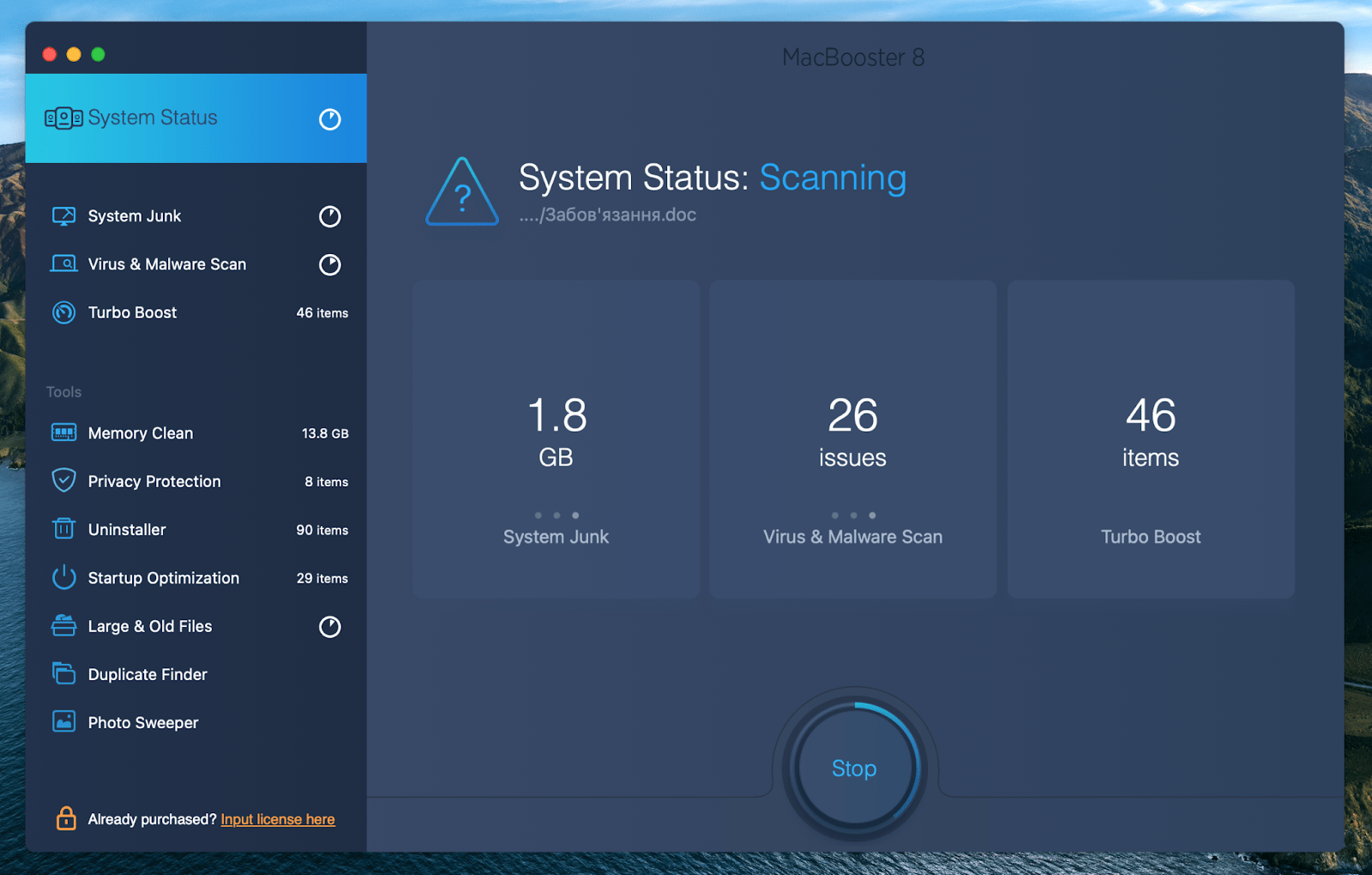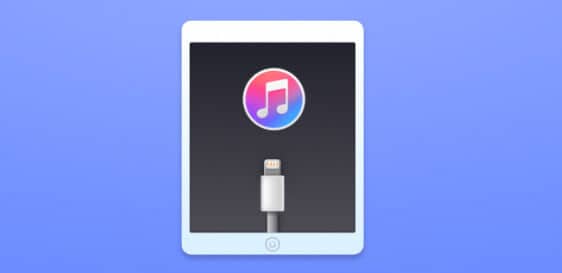

- #Best disk cleaner for mac 2018 install#
- #Best disk cleaner for mac 2018 software#
- #Best disk cleaner for mac 2018 license#
- #Best disk cleaner for mac 2018 download#
#Best disk cleaner for mac 2018 download#
Remove Unwanted Files from Download Folder If you’re not sure, manually browse your Trash folder to put back essential files to their original location, and then empty your Trash folder to regain used Mac drive space.Ģ. This quick cleaning is helpful when you’re sure that there are no vital files left in the Trash. You can clean out Trash files without using the mouse by pressing the “ Shift + Option + Command + Delete” keys. Warning: This may cause data loss hence, backup your Mac before proceeding.

Next, go through the various methods below to achieve the Mac clean-up task. Then, wait till Time Machine performs incremental backup of your Mac hard drive or SSD. So, before you clean your macOS Catalina or an earlier version, click the Time Machine icon from the menu bar and select Back Up Now to back up your start-up disk. You won’t regret cleaning up pools of unwanted files from your macOS Catalina, as doing so optimizes your Mac performance instantly and lets you reclaim the storage drive space.īut you may find it difficult to distinguish between essential and unwanted files and accidentally remove crucial files in the clean-up process, resulting in data loss.
#Best disk cleaner for mac 2018 install#
#Best disk cleaner for mac 2018 software#
Then, to save your time and effort, leverage SpeedUp Mac 30-days free trial software for cleaning Mac disk drive. This blog shares various ways to clean up macOS Catalina (Big Sur and earlier versions). Selecting a region changes the language and/or content on : Is your macOS Catalina running slowly on MacBook Air, MacBook Pro, or iMac? Perhaps, the storage space is running out of free space. Then select CoreSync from the list and click Cleanup Selected.Į) (Optional) If you're unable to connect to Adobe's servers, select Fix Host File from the table to repair your host file, and then click Cleanup Selected. The Cleaner tool creates a backup of the host file (named hosts_bkup) in the same directory, which you can revert to if a problem occurs. Similarly, if you are facing issues with file syncing, you might need to clean up CoreSync. To do this, first ensure that you have selected All in the pop-up menu. (Click Clean All to clean up all installer-related files for the option you chose in step c.)

For example, select CC Apps if you want to uninstall a Creative Cloud app.ĭ) From the table, select the app you want to clean up, and then click Cleanup Selected.
#Best disk cleaner for mac 2018 license#
The Cleaner tool creates a backup of the host file (named hosts_bkup) in the same directory, which you can revert to if a problem occurs.Ī) Select your language from the menu in the upper right.ī) Review the Adobe End-User License Agreement: Click Accept to accept or Quit to decline (if you decline, the script stops).Ĭ) Select an option from the menu in the upper right. Confirm that you want to fix the host file: Type y and then press Enter. After accepting the End-User License Agreement, type 12 to select the host file option. Then type the number that corresponds to CoreSync and press Enter.Į) Confirm that you want to remove the entry: Type y and then press Enter.į) (Optional) If you're unable to connect to Adobe's servers, repeat these steps to fix your host file. If you are facing issues with file syncing, you might have to remove CoreSync. For example, type 4 (CC Apps) if you want to uninstall a Creative Cloud app.ĭ) Subsequently, to remove an app, select the app that you want to remove by typing the number that corresponds to the app name, and then press Enter. Press Enter.Ĭ) Type the number that corresponds to the option you want to select, and then press Enter. A) Choose your language: Type e for English or jfor Japanese, and then press Enter.ī) Review the Adobe End-User License Agreement: Type y to accept or n to decline (if you decline, the script stops).


 0 kommentar(er)
0 kommentar(er)
